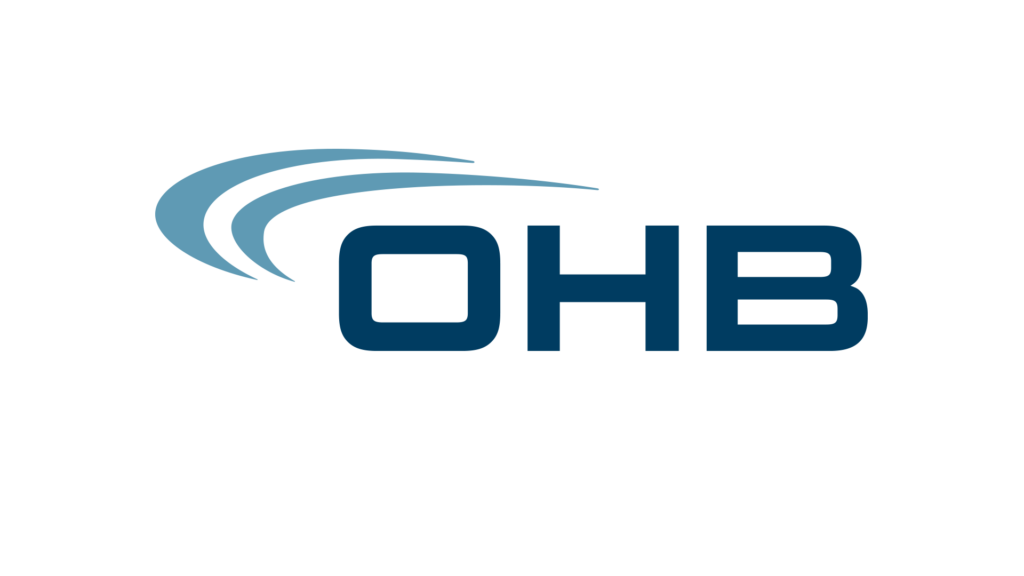Imagine two companies: both have smart people, solid products, and similar resources. Yet, one consistently outpaces the other in innovation, talent retention, and market agility. What’s their secret? The answer is hidden in the invisible threads connecting their people—social capital. In today’s hybrid work era, understanding Social Capital how companies with better work culture will outperform is not just an HR trend, but a business imperative. Let’s explore why the companies with the richest internal networks will leave their competitors behind.
What Is Social Capital? The Invisible Power Behind Work Culture
Social capital is the web of trust, shared norms, and relationships within an organization. It’s not about formal job titles or reporting lines. Instead, it’s about how people connect, share, and support each other to get things done.
Experts break social capital into three dimensions:
Structural, Relational, and Cognitive Dimensions
- Structural social capital refers to the overall pattern of connections—who talks to whom, and how information flows.
- Relational social capital covers the quality of those connections: trust, respect, and mutual support.
- Cognitive social capital is about shared language, values, and understanding that enable groups to work smoothly.
These layers combine to form the backbone of a healthy work culture. When strong, they fuel collaboration, spark new ideas, and help people feel like they belong. When weak, even the best strategies can fall flat.
“Think of social capital as the invisible threads that connect people within an organization. It’s not just about who knows whom—it’s about trust, reciprocity, information sharing, and mutual support.”
— Brighter Strategies
Why Social Capital Drives Business Performance

Social capital isn’t just a “nice-to-have.” It’s a measurable asset that directly impacts business results. Companies with high social capital see faster problem-solving, more innovation, and higher employee engagement.
Link Between Network Strength and Productivity Metrics
Research by McKinsey found that employees who feel connected are 1.5 times more likely to be engaged at work and twice as likely to have senior advocates for their career growth. These connections lead to:
- Lower turnover rates
- Improved team performance
- Faster knowledge transfer
- Greater resilience in times of change
When people know who to ask for help, or where to find answers, work gets done quicker and better. Productivity isn’t just about individual effort, but about how quickly teams can tap into their collective know-how.
Evidence from Hybrid and Remote Teams
The shift to remote and hybrid work has made these networks even more critical. According to a McKinsey survey of 5,500 US workers, more than three-quarters reported fewer workplace connections since the pandemic began. This drop in social capital has real consequences:
"Employees who feel more connected with people in their networks are one and a half times more likely than their peers to report being engaged at work."
— McKinsey
In hybrid teams, those with strong internal networks adapt faster and maintain performance, while others struggle with isolation and knowledge gaps. The lesson: investing in social capital is now essential for distributed teams to thrive.
Diagnosing Your Company’s Social Capital Health
How do you know if your organization’s social capital is strong or needs attention? It starts with measuring both the hard numbers and the subtle signals.
Quantitative Indicators to Track
Here’s a table of key metrics organizations can use to gauge their social capital:
Tracking these numbers over time can reveal whether your workplace is becoming more connected or more siloed.
Qualitative Signals Leaders Miss
Numbers only tell part of the story. Leaders should also watch for these subtle signs:
- Employees rarely reach out beyond their immediate teams
- Meetings feel transactional, with little laughter or informal chat
- New hires struggle to “break in” socially
- Knowledge stays trapped in pockets, not shared widely
If these sound familiar, your company’s social capital may be running low—putting performance and culture at risk.
Social Capital how companies with better work culture will outperform — The Competitive Edge Explained
What sets high-social-capital companies apart? The answer lies in two powerful advantages: they keep their best people and move faster than the competition.
Talent Retention and Engagement
When employees feel connected, they’re more likely to stay and give their best effort. According to Gallup, the cost of replacing an employee can be up to twice their annual salary. High social capital reduces this churn by:
- Fostering a sense of belonging and purpose
- Making it easier for people to get help and grow
- Encouraging advocacy and mentorship
"In a postpandemic environment, referrals, personal connections, and perceptions of how inclusive and communal a company is will loom ever larger in people’s decisions about where to look for work—and whether to stay at their current jobs."
— McKinsey
Innovation and Speed to Market
Strong networks don’t just keep people happy—they make companies faster and smarter. Teams with rich social capital:
- Share knowledge across silos, avoiding duplicate work
- Spot new opportunities quickly through diverse connections
- Solve problems faster by tapping into collective experience
In fast-moving markets, this agility is the difference between leading and lagging behind. That’s why Social Capital how companies with better work culture will outperform is more than a slogan—it’s a proven path to future success.
Building Social Capital in Hybrid Workplaces
Hybrid work is here to stay, but it can make building connections harder. The best companies design intentional ways for people to connect, both in-person and online.
Designing Spaces and Rituals for Connection
Physical and digital spaces can both nurture social capital. Consider these strategies:
- Create open, inviting areas for casual chats in the office
- Schedule regular “connection time” (like team lunches or coffee chats)
- Launch cross-functional projects to mix up teams
Small rituals matter too: celebrating wins, sharing personal updates, or even starting meetings with a quick check-in can strengthen bonds.
Technology Tools that Enable Serendipity
The right technology can make spontaneous connections possible—even remotely. Platforms like Neroia help employees effortlessly discover colleagues with shared interests and organize small-group activities, from wellness walks to book clubs. These tools:
- Reduce the friction of planning social interactions
- Encourage authentic connections beyond job roles
- Provide insights (using anonymized data) to spot network gaps
By weaving tools like Neroia into the daily flow, companies can recreate the “watercooler moments” that fuel social capital, even in a hybrid world.
Leadership Behaviors That Multiply Social Capital
Culture starts at the top. Leaders play a vital role in growing social capital, but the old command-and-control style won’t cut it anymore.
From Command-and-Control to Connector-in-Chief
Modern leaders act as connectors, not gatekeepers. They:
- Introduce people across departments
- Model open, inclusive communication
- Celebrate collaboration and knowledge-sharing
“The most effective leaders understand that their influence extends beyond their formal authority—it’s built on the strength of their networks and their ability to connect others.”
— Brighter Strategies
By making connection a visible priority, leaders set the tone for the whole organization.
Reward Systems that Reinforce Networking
What gets rewarded gets repeated. To build social capital, companies can:
- Recognize employees who mentor others or build bridges across teams
- Include collaboration and networking in performance reviews
- Offer incentives for participating in cross-functional projects
These signals show that relationship-building isn’t “extra”—it’s a core part of the job.
Roadmap: Embedding Social Capital into Strategy for 2026

Transforming workplace culture doesn’t happen overnight. Here’s a practical roadmap to make social capital a strategic asset.
Short-Term Wins (Next 90 Days)
- Assess current networks: Use surveys or simple mapping tools to see where connections are strong or weak.
- Identify quick connection wins: Launch a mentorship program, organize cross-team lunches, or start informal interest groups.
- Train leaders as connectors: Offer workshops on inclusive leadership and networking.
Long-Term Culture Investments
- Redesign workspaces for both focus and collaboration, ensuring there are spaces for spontaneous meetings.
- Integrate technology like Neroia to make connecting easy and enjoyable for everyone, regardless of location.
- Update reward systems to value collaboration, not just individual output.
- Regularly measure social capital with both quantitative and qualitative methods, adapting strategies as your workforce evolves.
Bullet List: Key Benefits of High Social Capital
- Higher employee engagement and satisfaction
- Faster innovation and problem-solving
- Lower turnover and recruitment costs
- Greater resilience during change
- Stronger brand reputation
Bullet List: Common Barriers to Building Social Capital
- Over-reliance on digital tools without human touch
- Siloed teams and lack of cross-functional projects
- Leaders who don’t model or reward connection
- Lack of time or resources for informal interactions
Ordered List: Steps to Start Strengthening Social Capital
- Assess your current network strengths and gaps.
- Set clear goals for building connections (e.g., launch a buddy program).
- Equip leaders with training on inclusive networking.
- Integrate technology that supports organic interactions.
- Celebrate and reward collaborative behaviors.
Closing Thoughts
The future belongs to organizations that treat social capital as a strategic priority. Social Capital how companies with better work culture will outperform is not just theory—it’s a proven pathway to agility, retention, and growth. By intentionally designing for connection, leveraging platforms like Neroia, and empowering leaders to be connectors, any company can build a culture where people thrive and results soar. In the race for talent and innovation, those who invest in social capital today will lead the way tomorrow.




